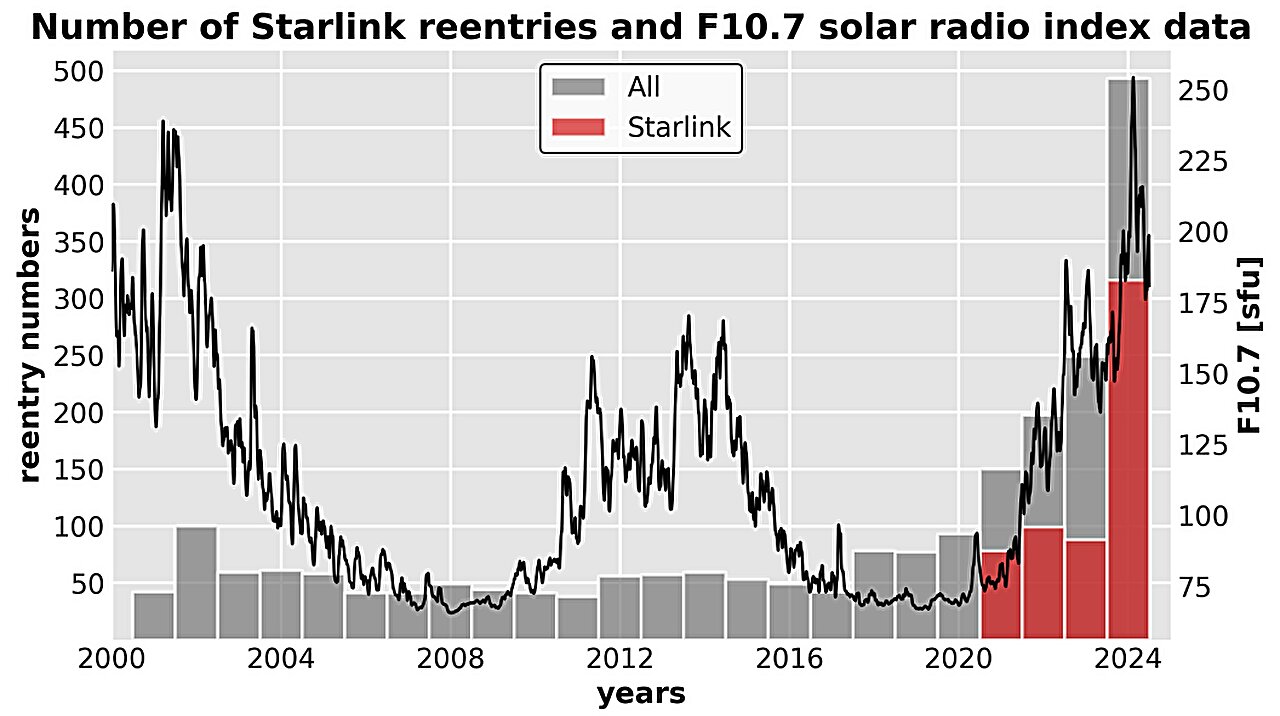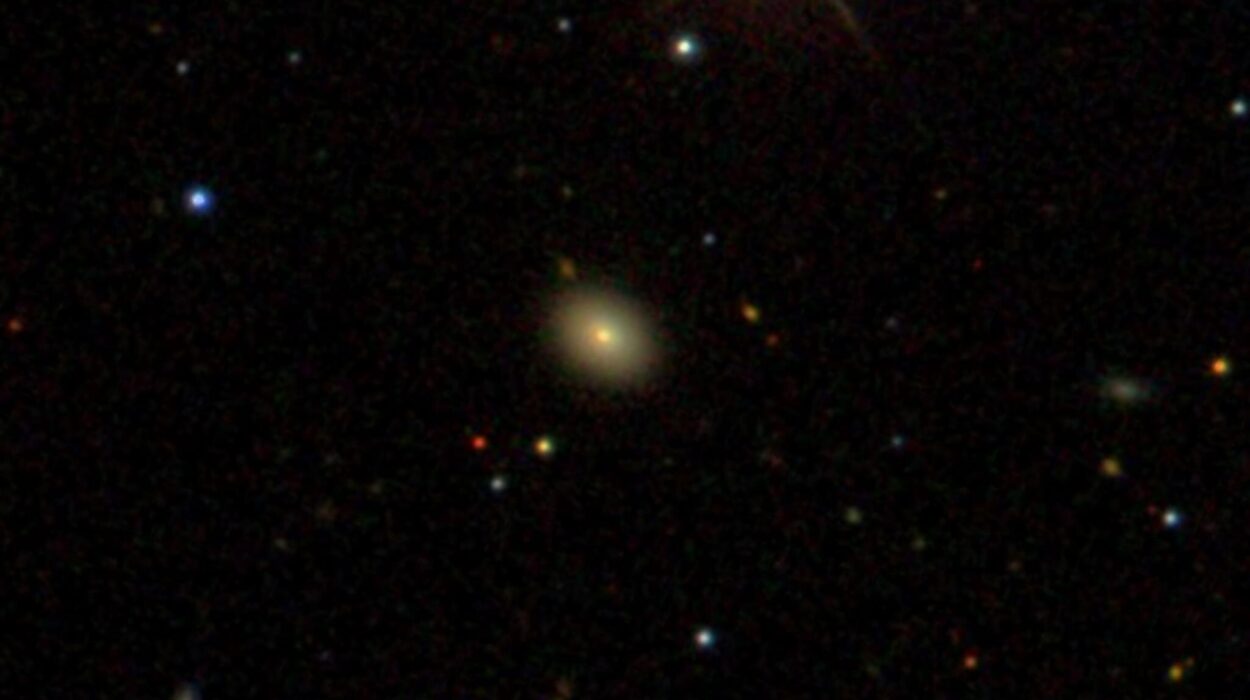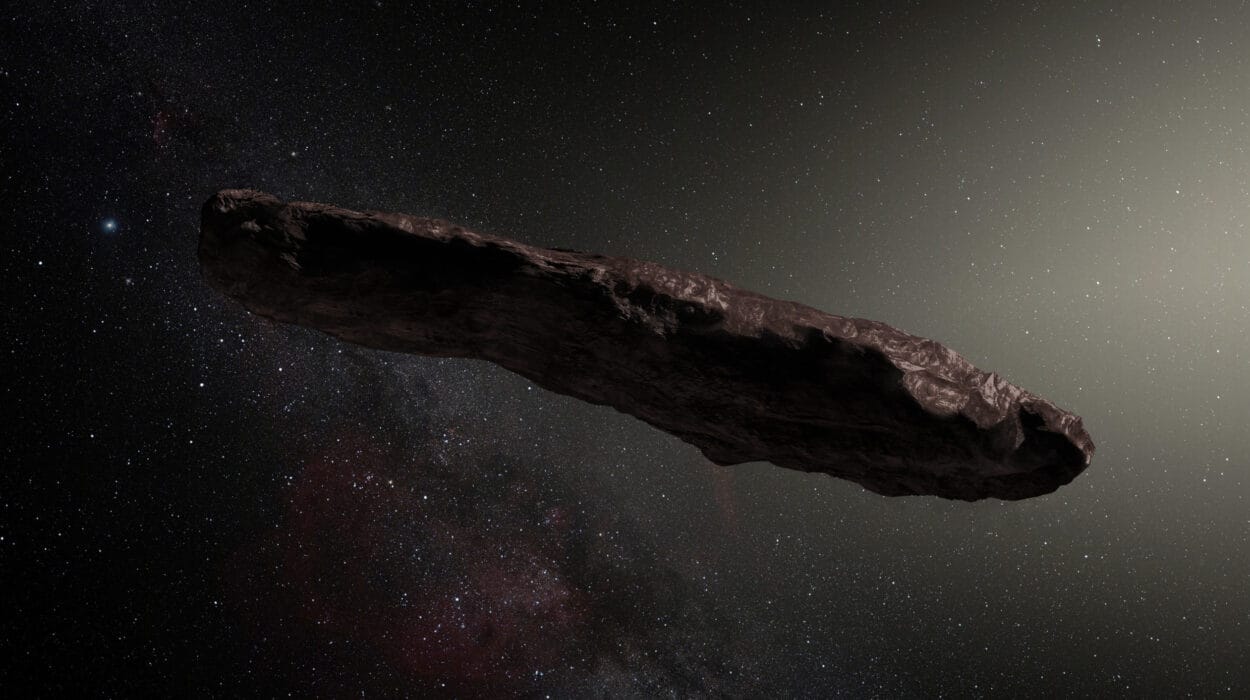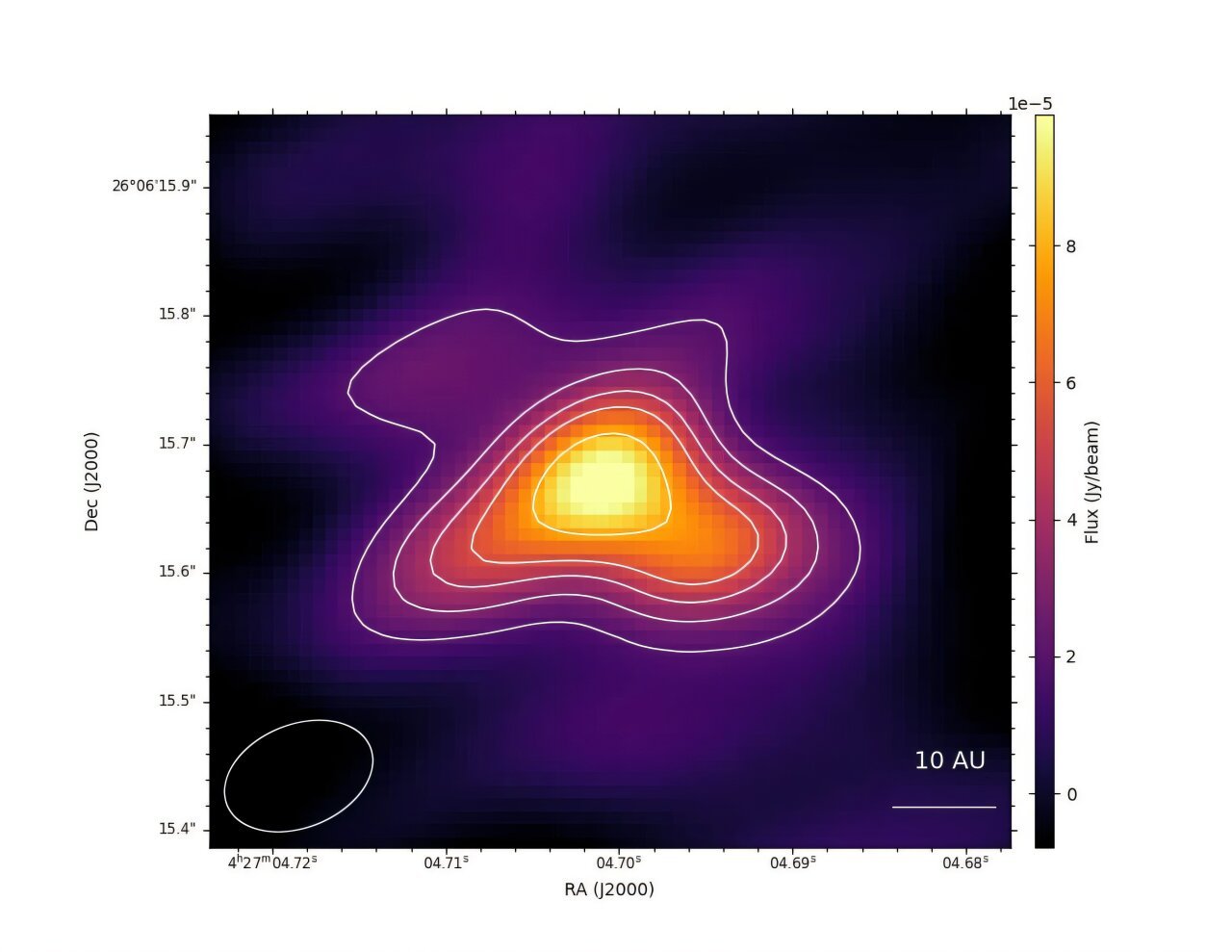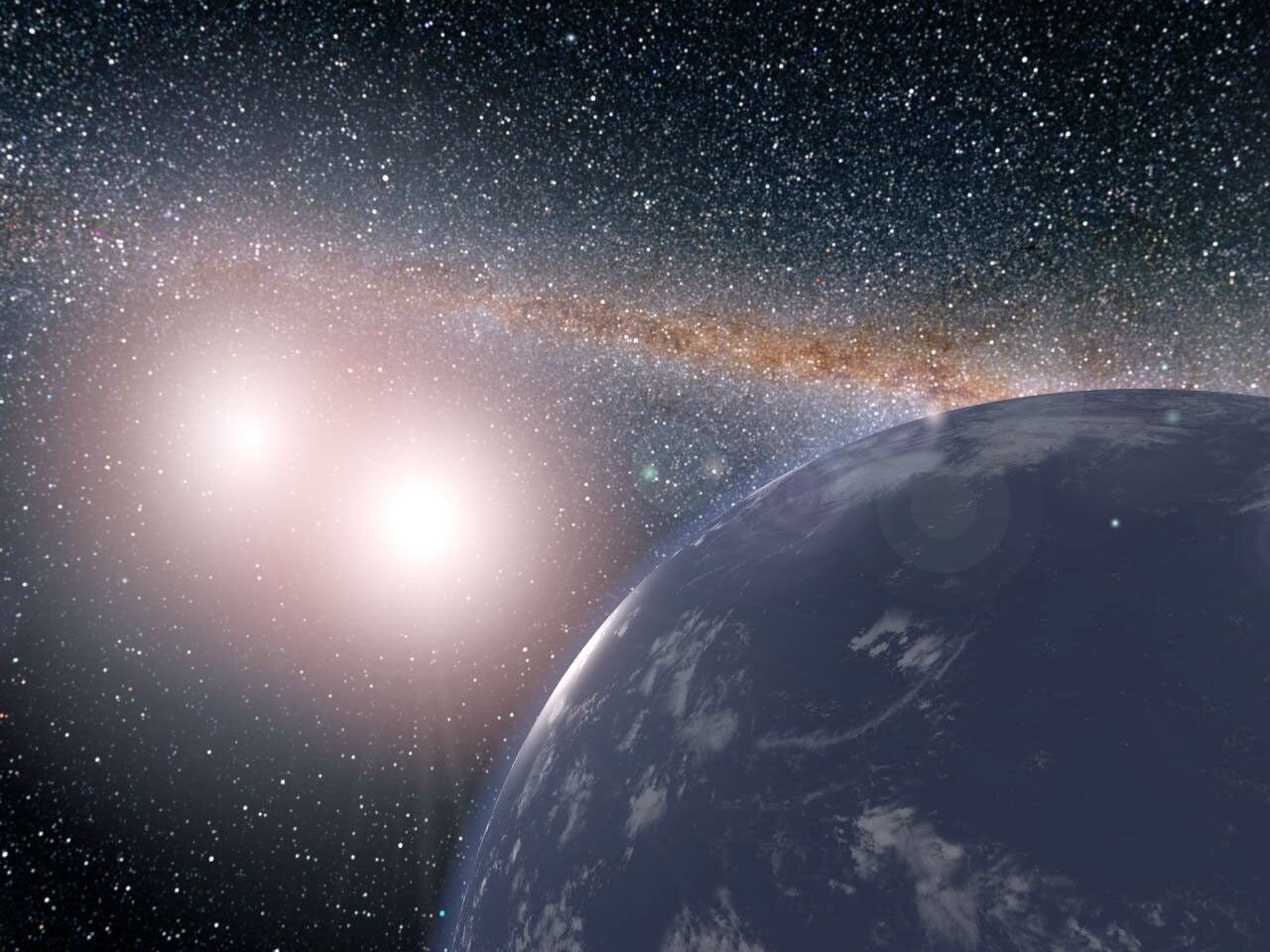In the invisible battleground where Earth’s atmosphere brushes up against the frontier of space, something strange is happening to the world’s fastest-growing satellite fleet. A quiet descent is quickening. Tiny spacecraft meant to serve humanity’s thirst for global internet access are falling back to Earth sooner than expected—not from malfunction, but from the wrath of the Sun.
This cosmic twist comes courtesy of a new study by a trio of heliophysicists and satellite experts at NASA’s Goddard Space Flight Center and the Goddard Planetary Heliophysics Institute at the University of Maryland. Scientists Denny Oliveira, Eftyhia Zesta, and Katherine Garcia-Sage have uncovered compelling evidence that solar storms—those explosive, radiation-spewing tempests from our nearest star—are cutting short the orbital lives of Starlink satellites.
Their findings, posted on the arXiv preprint server, offer a vivid example of how profoundly—and sometimes violently—the Sun shapes our high-tech world.
The Sun’s Hidden Hand in a Satellite’s Fate
Every eleven years, the Sun swells into a more ferocious version of itself, hurling bursts of energy across the solar system in a phase scientists call solar maximum. The current solar cycle, ramping up from its quiet nadir in 2020 and heading for its peak in 2025, is already flexing its muscles with more frequent solar flares and coronal mass ejections.
These are not mere celestial fireworks. When aimed toward Earth, such events supercharge our planet’s upper atmosphere with geomagnetic energy, warming and expanding it—creating an invisible drag net for orbiting objects.
“It’s like Earth’s atmosphere grows invisible fingers during geomagnetic storms,” said lead author Denny Oliveira in an interview. “And those fingers tug satellites downward more aggressively than usual.”
The team analyzed Starlink satellite data spanning from 2020 to 2024. They focused on what happens after a satellite finishes its mission and begins its controlled descent from around 280 kilometers above Earth. Normally, these final stages of reentry are calculated with precision. But during the sun’s angrier moods, that descent becomes unpredictable.
Their findings were both striking and sobering: satellites fell back into the atmosphere 10 to 12 days faster during periods of heightened solar activity than during quieter times.
When the Sky Falls Faster Than Planned
The consequences of this solar drag go beyond just a quicker-than-expected satellite burnout. One of the more startling aspects of the study is how unexpected descent trajectories could affect the safety of satellite reentry.
During a solar storm, the upper atmosphere behaves like a living thing—swelling with heat and density. This bloated atmosphere increases resistance, forcing satellites to bleed off altitude faster. In some cases, that might push a reentry out of the careful corridor engineers plan to ensure debris burns up completely before reaching Earth.
That scenario became alarmingly real in 2024. As the solar cycle hit one of its energetic peaks, a piece of Starlink debris survived reentry and crash-landed on a remote Canadian farm. Fortunately, no one was hurt. But it raised eyebrows in both aerospace and public safety communities.
“It’s not just about satellites falling faster—it’s about them falling unpredictably,” said co-author Eftyhia Zesta. “And unpredictability is the last thing you want when you have thousands of satellites overhead.”
Crowded Skies and Rising Risks
The study’s implications are particularly urgent given the explosion of low Earth orbit (LEO) constellations in recent years. SpaceX’s Starlink network alone includes over 5,000 active satellites, with thousands more planned. Other companies, such as Amazon’s Project Kuiper, are racing to follow suit.
But with great connectivity comes great congestion.
The Goddard team warns that increased atmospheric drag could also exacerbate the risk of in-orbit collisions. As satellites slow down and descend unevenly during geomagnetic storms, the likelihood of unexpected interactions—and chain-reaction crashes—increases.
“Even a few kilometers of altitude change can mean the difference between a safe passage and a potential crash,” said Katherine Garcia-Sage. “When the sky is this crowded, small variances create big problems.”
The nightmare scenario? A satellite collides with another in orbit, creating a cloud of fast-moving debris that threatens other spacecraft—a phenomenon known as the Kessler Syndrome. If that domino effect begins, it could cripple satellite infrastructure for generations.
Eyes on the Sun, Minds on the Future
The researchers urge satellite operators to consider real-time space weather monitoring as an integral part of orbital mission planning. Solar forecasts, while not yet as precise as meteorological ones, have improved dramatically in recent decades. That data could be critical in helping satellite operators adjust altitude, timing, and positioning to avoid dangerous conditions.
NASA and NOAA’s space weather forecasting centers, along with international partners, continue to track solar storms, but more investment in this field could be essential to the long-term safety of the growing space economy.
The study also highlights a broader truth: as humanity ventures deeper into space, we’re learning—sometimes the hard way—that we’re not in control. Our technology may be sophisticated, but it still bows to the rhythms of nature, especially one as ancient and powerful as our star.
“We live under a sun that breathes,” Oliveira reflected. “Every exhale from it ripples through space and reshapes our plans. If we want to build responsibly in space, we must learn to listen to those breaths.”
A Wake-Up Call from 280 Kilometers Up
While Starlink satellites are designed with planned obsolescence—meant to reenter after roughly five years—these findings reveal a more urgent timeline than engineers might have accounted for during solar maximums. As the solar cycle continues its climb toward peak intensity in 2025, the skies above us will grow more turbulent.
And it’s not just a concern for billion-dollar companies or space agencies. Satellite infrastructure powers everyday life—GPS, weather forecasts, communications, banking systems, and emergency services. A misstep in orbital management could ripple down to real-world impacts, from disrupted signals to physical damage.
The work from NASA Goddard’s team is a timely reminder that even in our bold new era of space-based innovation, we remain tethered to a star whose temperaments we’re only beginning to understand.
So the next time you gaze up at a clear night sky and spot the glint of a Starlink satellite crossing overhead, remember: it’s not just floating serenely in space. It’s navigating an invisible storm—one stirred by solar fire, and one that demands our careful attention if we’re to keep the skies safe.
Reference: Denny M. Oliveira et al, Tracking Reentries of Starlink Satellites During the Rising Phase of Solar Cycle 25, arXiv (2025). DOI: 10.48550/arxiv.2505.13752
